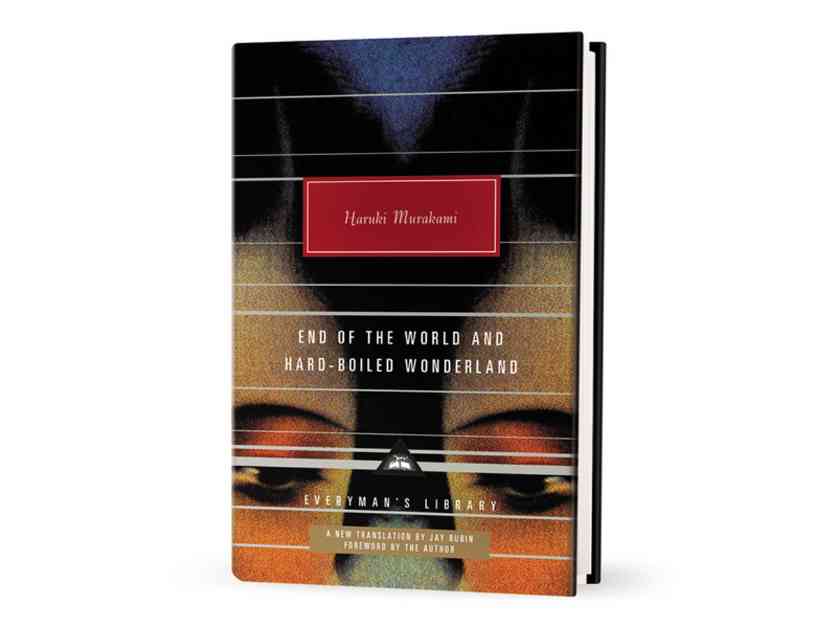In the latest translation of Haruki Murakami’s classic novel “End of the World and Hard-Boiled Wonderland” by Jay Rubin, readers are taken on a journey through two distinct worlds. Originally published in 1985 and now retranslated to include previously omitted material, this novel presents a blend of cyberpunk intrigue and surreal fantasy.
The new translation by Jay Rubin adds approximately 100 pages of content that was removed in the previous translation by Alfred Birnbaum. While this extended material may not drastically enhance the overall reading experience, it provides a closer look at the author’s original vision. However, it is worth noting that some readers may find certain aspects of the novel, such as the focus on juvenile erotica and misogynistic themes, off-putting.
One significant change in Rubin’s translation is the reversal of the title’s order to prioritize the mysterious walled town known as End of the World. This decision reflects Rubin’s commitment to capturing the essence of the original Japanese text. Additionally, his choice to use “heart” instead of “mind” for the term kokoro adds depth to the narrative, highlighting the interconnectedness of mind, heart, and morality.
Despite the challenges of translating complex concepts from Japanese to English, Rubin’s language retains a poetic quality that resonates with readers. The novel’s climax, where the two storylines converge, showcases Murakami’s skill in blending elements of mystery and introspection. It is in these moments that “End of the World and Hard-Boiled Wonderland” truly shines.
Overall, fans of Haruki Murakami’s work will appreciate the opportunity to revisit this classic in a new light. Rubin’s translation offers a fresh perspective on familiar themes and characters, inviting readers to delve deeper into the intricate world of the novel. Whether you are a longtime fan or new to Murakami’s writing, this retranslation is sure to spark thought-provoking discussions and interpretations of the author’s unique storytelling style.










